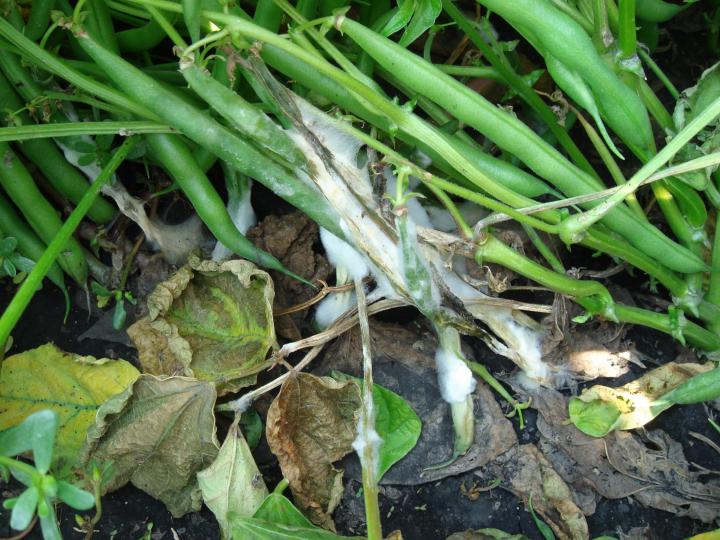
Prevent White Mold Fungus in Your Garden!
ADVERTISEMENT
What do I do when this happens to my house plants?
I put them outside, weather permitting, in spring and bring them back in when the weather begins to get cooler. (Fall)
Thank you, Mary Formichelli
One method that will work to delay, if not offset permanent damage to the plants, or end in their death, is to cleanse the contaminated whitened areas thoroughly with a white vinegar base using a new sponge or soft rag. If the discretion returns you can try altering your watering method or habits (i.e. using a bulb or ice cubes instead of spray bottle, or integrating a watering routine three times weekly as to every other day, etc). Then also cleanse the affected areas again so that the contamination doesn't spread among the leaves or to the other plants. Good luck!
Thanks For sharing this information. It’s Nice..!!!
This is a great post. I like this topic.
Hi, is it safe to eat the veggies in garden with white mold? If not, should I get rid of the dirt and start over? What do I do?? Thx
I planted my first 8 x 2 raised garden. I put boards on each corner, with wire fence all around, nice. I put tomato's on one end & squash,
bell peppers & cucumber on the other. I covered the entire garden with sheets for more than a week, to prevent severe thunderstorms from destroying my plants. I took the sheets off today to find white mold under the first two tomoto plants, on the soil only & not on the plants. I scooped out all the mold from the soil. I was so excited to have vegetables starting to grow on all plants. Am I screwed after all my work, cost & excitement or can my garden be salvaged from this mold. Please please advise me what to do?? Thank you.
As long as the garden receives proper air circulation and is allowed to dry out between waterings, the white mold should be kept at bay. Consider placing landscaping fabric over the soil around the plants to prevent mold (and other diseases) from splashing up onto the plants from rain.
I have white sections outside in raised bed that is not yet even planted. Paid a good price for that dirt and don't know why it is showing up.
Also have one bed planted with lettuce and beets that has a greenish coating over top of dirt. What's going wrong? Please help me.
There is a white fungus growing on the soil in our raised vegetable garden. We used chicken manure as fertilizer in the spring. The plants are growing great, but is it safe to eat the vegetables?
No, it’s not recommended. See here, and read above:
- As soon as you notice any diseased plants, destroy them immediately.
- If your soil is infected, remove as much of it as you can and replace it with clean soil.
- You can use a barrier, such as plastic or mulch, to cover the infected ground to prevent the spread of the disease.










